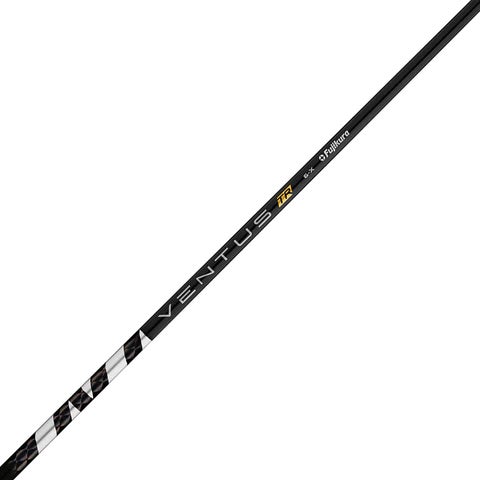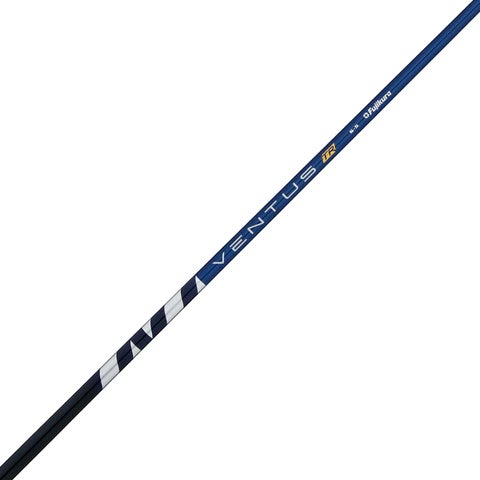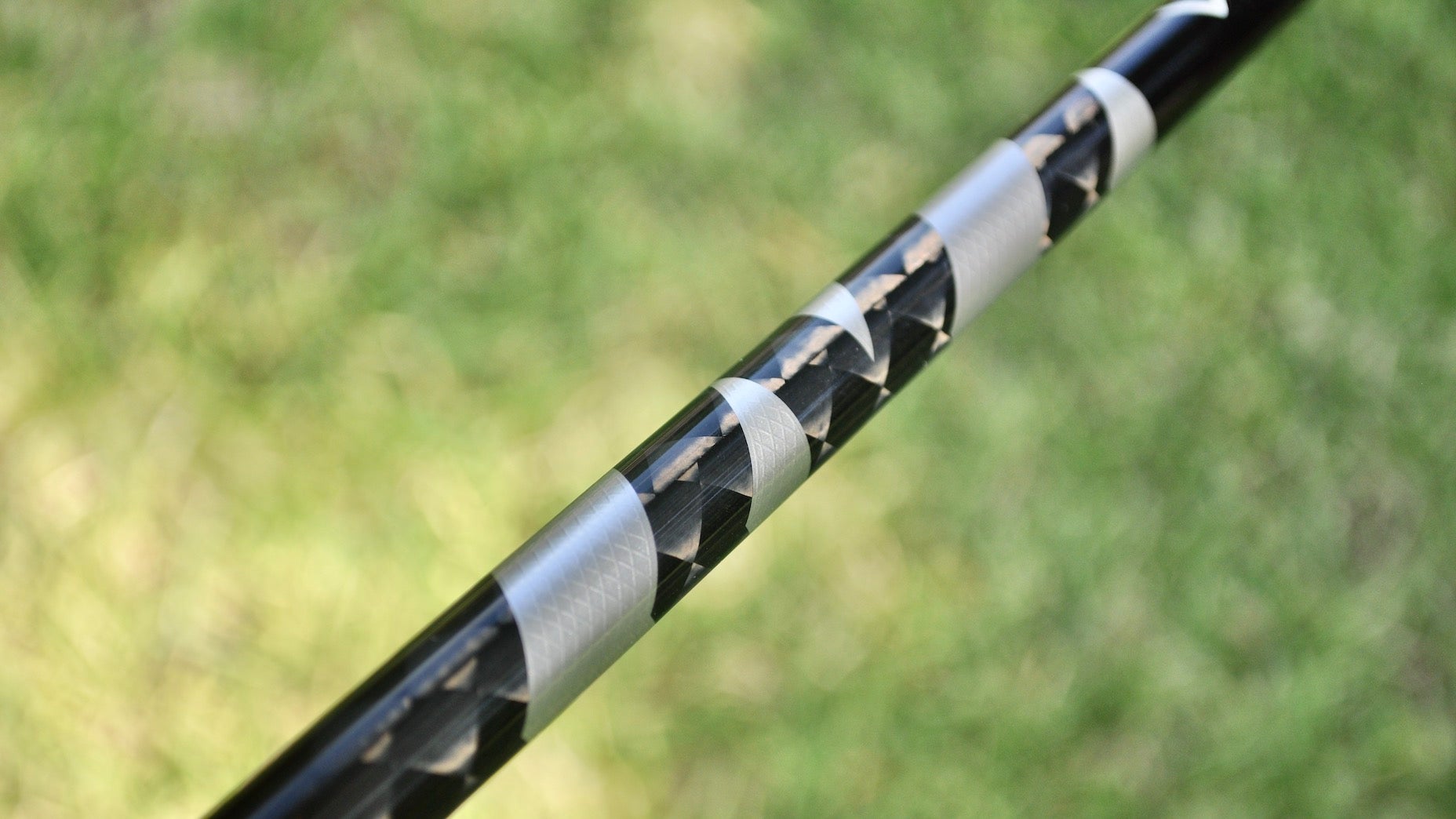It’s true. Some of the longest hitters in the world eschew fairways in favor of massive distance. Seems the modus operandi for most modern players is to hit it hard, hit it far, then gouge it out from anywhere it lands.
So, does that mean that accuracy isn’t that important anymore?
Nope, not at all. Just because long hitters seem to miss more fairways, it’s quite possible they’re not even aiming for the fairway in the first place. A long hitter who averages 300+ yards off the tee may find greater success hitting through the fairway on occasion, favoring a wedge from the rough over a middle iron from the short stuff. Fairway be damned — that’s not always the target for some of the longest hitters on any professional tour.

Fujikura Ventus TR Black
For most of us though (golfers who do not crush tee shots 300-plus yards on the regular and/or who do not play for a living), our chances of scoring increase significantly when we’re able to hit more accurate tee shots that fly as long as possible. And when you can hit long and straight tee shots, your approaches become easier. And when your approaches are easier, your putts get shorter, and on we go.
The best way to start delivering longer and more accurate sends off the tee is to dial in the perfect shaft for your swing. We asked Spencer Reynolds, Product & Brand Manager at Fujikura, to lend a hand and help us decipher the must-know aspects of shaft fitting for anyone wanting to swap in a new shaft and get busy hitting better drives.
Flex is important, but it’s not about swing speed
For years, golfers were fitted into a particular shaft flex based on how fast they swung the club. And while that’s certainly a component to proper fitting, it’s not complete. What matters also is how the shaft loads and unloads as you swing. Meaning your tempo and transition from backswing to downswing and also how fast or slow your hands release the club through impact.
“Every player’s swing is unique to them and finding a shaft profile that fits that swing is more in-depth than just swing speed,” said Reynolds. “We consider every part of how a player swings and delivers the club to fit them into a product that maximizes player performance.”

Fujikura Ventus TR Blue
Tip stiffness can shape your trajectory
The tip end of a shaft is the end that’s inserted into the club head. Typically, golfers who have trouble with slicing or who need to hit the ball higher tend to prefer softer tip sections that flex more and that have more torque.
“Softer tip sections and higher measured torque can certainly influence ball flight,” Reynolds added. “All things being equal, a softer shaft profile can create more shaft lead during the downswing, resulting in more dynamic loft at impact. Higher torque values can also allow for more shaft twist which can influence shot shape.”
Weight matters more than you think
How heavy a shaft feels in the hands can and will greatly influence how you swing the club. And for some, lighter shafts could mean longer tee shots, but for others, the tradeoff isn’t worth it when you lose accuracy.
“When the weight of the shaft is appropriate for the player, we see distance increases through improved on-center contact,” said Reynolds. “Some players experience gains from lighter shaft weights, while others benefit from heavier. Inaccuracy stems from off-center hits which increase if a shaft weight doesn’t compliment the individual’s timing and tempo.”

Fujikura Ventus TR Red
Don’t overlook shaft length
Finally, how long your composite shaft ought to be has to do with how far and straight you want to hit it. Longer shafts produce higher clubhead and ensuing ball speeds, whereas shorter shafts may produce slower speeds but more solid/consistent contact.
“A longer shaft can produce higher clubhead speeds but can also result in off-center hits,” said Reynolds. “The appropriate shaft length for any player is the longest lever that still allows for control and consistent on-center contact. Being properly fit is the best way to ensure the correct weight, length, and flex combination.”
A properly fit shaft that’s the right flex profile, length and weight can help any player make huge gains off the tee while also ensuring the most consistent and accurate results. To learn more about how you can get started, visit fujikuragolf.com today.









